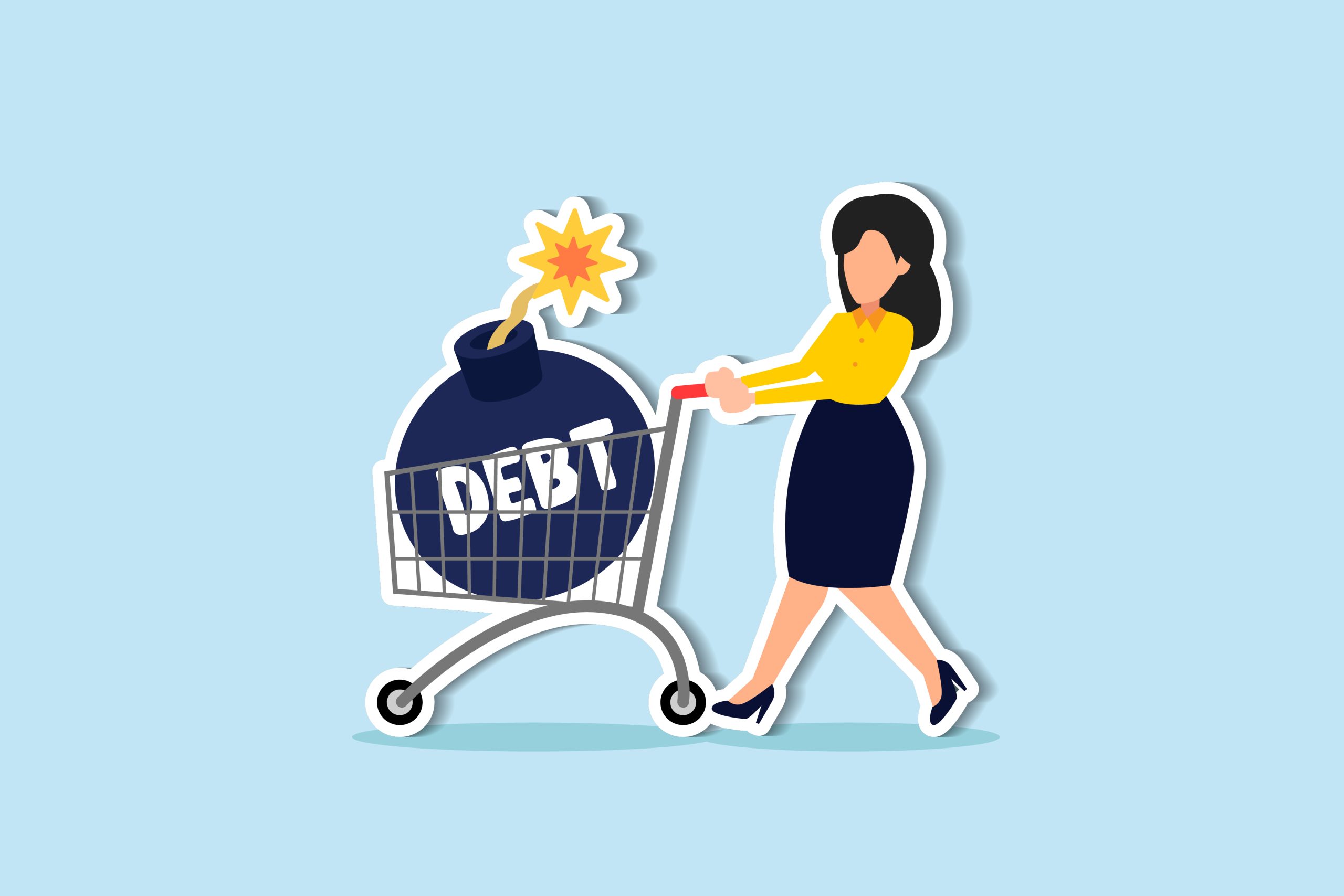Consumer debt refers to money owed by individuals for goods or services purchased for personal use rather than business purposes. It encompasses various types of financial obligations, including credit card debt, personal loans, student loans, auto loans, and mortgages. Consumer debt allows individuals to finance purchases or expenses beyond their immediate means, but it also comes with the responsibility of repayment. Understanding the different forms and implications of consumer debt is essential for managing personal finances effectively.
From Credit Cards to Mortgages
Consumer debt takes many forms, each with its terms, conditions, and repayment requirements. Credit card debt is one of the most common types of consumer debt, allowing individuals to make purchases on credit with the promise of repayment at a later date. Personal loans provide a lump sum of money that borrowers repay over time with interest. Student loans are specifically designed to finance education expenses, while auto loans and mortgages are used to purchase vehicles and homes, respectively. Each type of consumer debt carries its risks and benefits, depending on factors such as interest rates, repayment terms, and collateral.
The Influence of Economic Conditions
Several factors contribute to the accumulation of consumer debt, including economic conditions, consumer spending habits, and access to credit. During periods of economic growth and low-interest rates, consumers may be more inclined to borrow money to finance purchases, leading to an increase in consumer debt levels. Similarly, easy access to credit and aggressive marketing tactics by lenders can tempt individuals to borrow beyond their means, contributing to the rise in consumer debt. Personal factors such as job loss, medical expenses, or unforeseen emergencies can also drive individuals to rely on credit to cover expenses.
Balancing Act or Financial Strain?
While consumer debt can provide temporary financial relief and flexibility, it also carries risks and consequences. High levels of consumer debt can strain individuals’ finances, leading to stress, anxiety, and difficulty meeting monthly payments. Excessive debt can also impact credit scores, making it harder to qualify for future loans or lines of credit. Moreover, interest payments on consumer debt can accumulate over time, resulting in long-term financial burdens and potentially trapping individuals in a cycle of debt. Understanding the impact of consumer debt is crucial for making informed financial decisions and avoiding potential pitfalls.
Strategies for Financial Wellness
Effective debt management is key to achieving financial wellness and stability. Developing a budget and tracking expenses can help individuals identify areas where they can reduce spending and allocate more funds towards debt repayment. Prioritizing high-interest debt and making additional payments whenever possible can accelerate debt payoff and save money on interest charges. Consolidating multiple debts into a single loan with a lower interest rate can also simplify repayment and reduce overall costs. Seeking assistance from financial advisors or credit counseling services can provide additional guidance and support in managing consumer debt effectively.
Striking a Balance in Consumer Debt Management
In conclusion, consumer debt is a prevalent aspect of personal finance, allowing individuals to finance purchases and expenses beyond their immediate means. However, it’s essential to approach consumer debt responsibly and understand its implications on financial well-being. By defining the various forms of consumer debt, identifying contributing factors, recognizing its impact, and implementing effective debt management strategies, individuals can strike a balance in managing consumer debt and work towards achieving financial stability and freedom.
